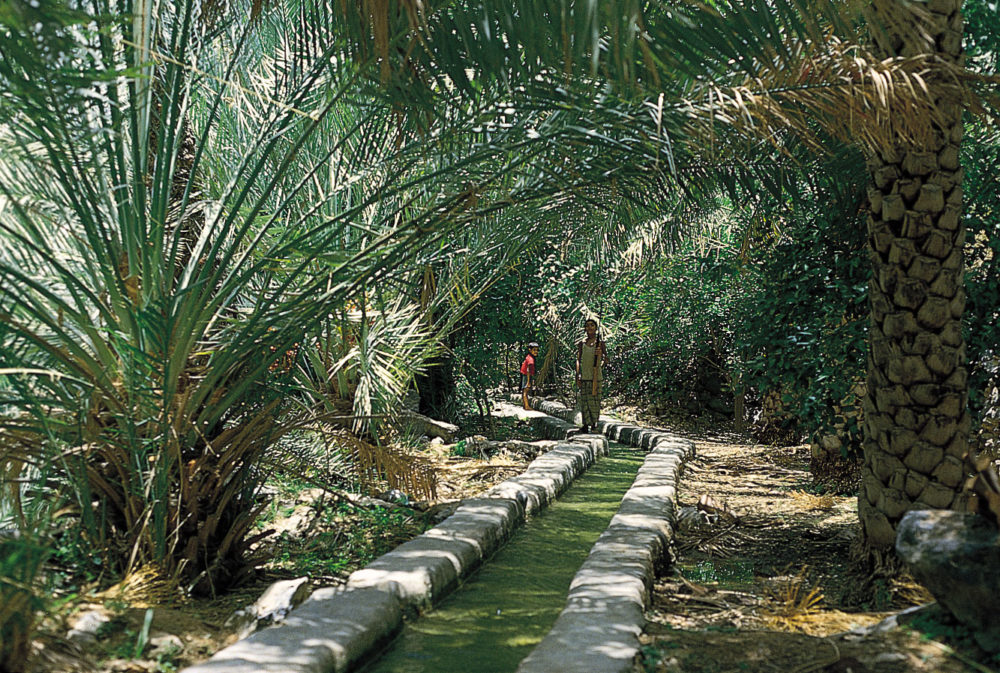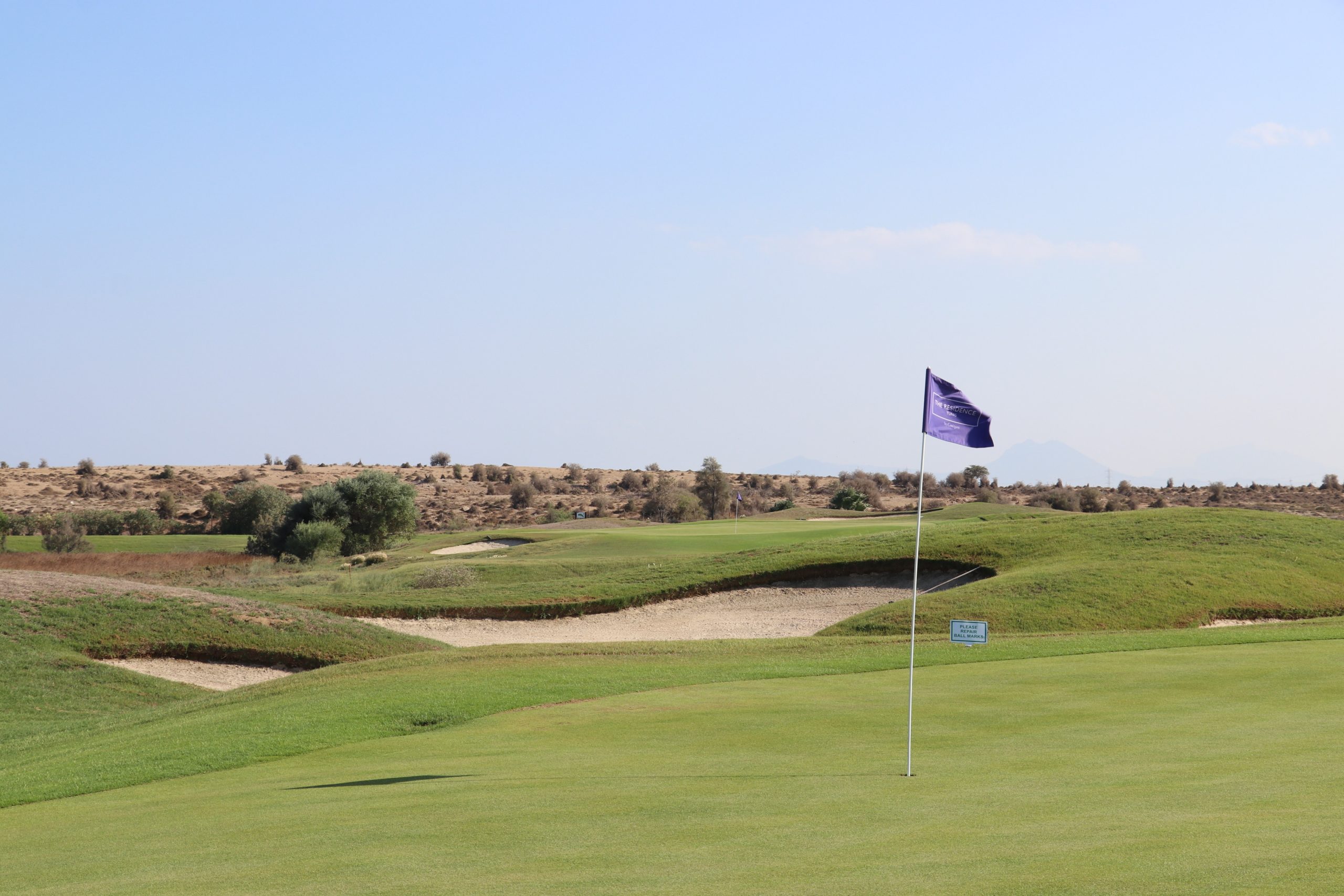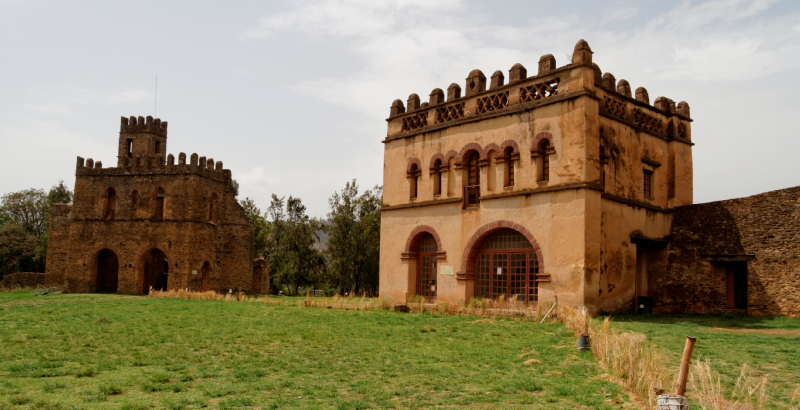I sistemi d’irrigazione Aflaj (al singolare “Falaj”), tipici del Sultanato dell’Oman, sono patrimonio dell’umanità dell’UNESCO a partire dal 2006.
Ogni villaggio di montagna ha il proprio Falaj per sostenere le coltivazioni e lo sviluppo dell’agricoltura locale. In Oman ce ne sono circa 10.000, il più grande è il Falaj Daris, che si trova a circa 7 km da Nizwa.
Il sistema degli Aflaj è stato introdotto in Oman dai Persiani nel 2500 a.C. e sviluppati soprattutto dal VI secolo.
L’acqua proviene dai wadi (letti dei fiumi che si riempiono di acqua piovana), dalle precipitazioni o da sorgenti di montagna. Sfruttando la gravità e un sistema di pendenze l’acqua viene canalizzata per moti chilometri soprattutto a scopo di irrigazione agricola, ma anche per servire i villaggi più piccoli.
In altri casi vengono scavati lungo un pendio dove è presente una falda acquifera e l’acqua sgorga direttamente dalla montagna.
Lungo il percorso degli Aflaj sono state costruite delle torri di osservazione per avere sempre un controllo sul loro funzionamento. In queste aree desertiche l’acqua è un bene estremamente prezioso, non va sprecato e dalla sua presenza e quantità dipende la sopravvivenza di molti villaggi e dell’economia agricola del Paese.
La gestione di tale patrimonio è ancora oggi garantita da valori comuni molto radicati e guidata da osservazioni astronomiche.






